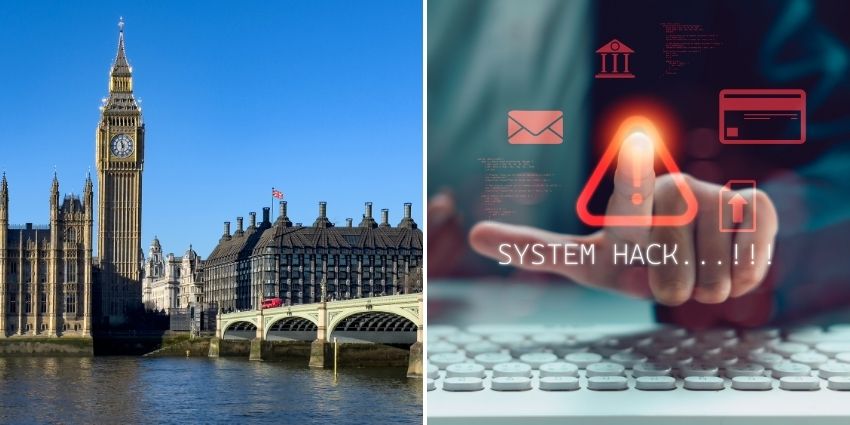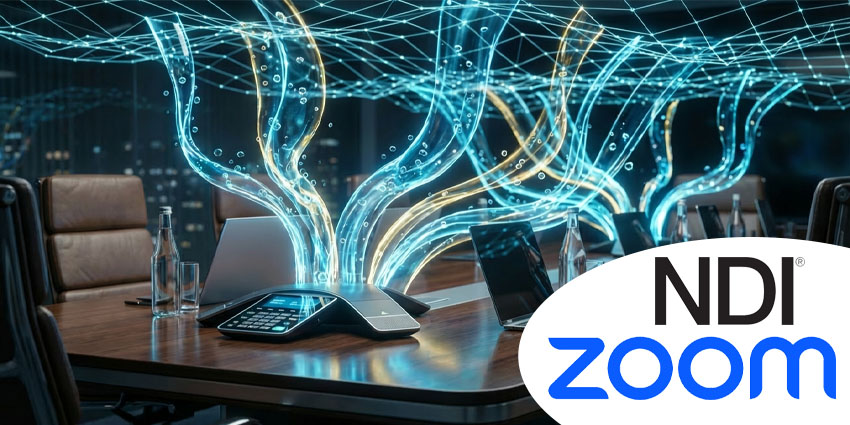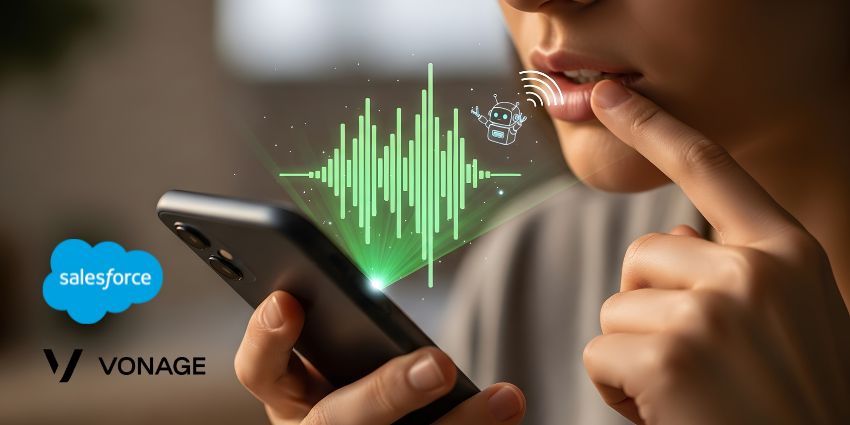Modern consumers shop on their own schedules—browsing products at midnight, comparing prices during their morning commute, and messaging brands late at night via social media.
Yet many retailers still limit customer service to rigid 9-to-5 hours, creating a clear mismatch between when customers need help and when support is available.
Even with AI chatbots designed to assist outside regular hours, customers often receive inadequate service that fail to resolve their issues.
This gap doesn’t just inconvenience shoppers; it erodes trust and customer loyalty.
But why hasn’t this changed with all this new technology and consumer understanding? Hodny Benazzi, General Manager, International at CM.com, attributes it to outdated business mindsets.
The Persistence of Legacy Service Hours
Customer support hours have historically mirrored traditional office schedules—staff clock in at 9 a.m., handle inquiries during the day, and log off by 5 p.m.
But retail has evolved into an “always-on” commerce environment, and many companies have yet to adapt their support infrastructures accordingly.
As Benazzi notes,
“Retail isn’t just about in-store interactions anymore; it’s about delivering convenience around the clock.”
This outdated approach creates unnecessary friction, as customers shopping outside traditional hours can’t get immediate answers to simple questions, leading to lost sales.
Importantly, modern technology now makes extended or 24/7 customer support both viable and cost-effective.
Closing the Expectation Gap
Research reveals that 24/7 availability has become a baseline expectation, not a luxury. Benazzi shares that “40% of consumers now expect round-the-clock service,” and retailers offering it scored significantly higher on customer service indices.
At the same time, 61% of customers prefer to resolve issues via self-service channels like chatbots. While chatbot effectiveness has improved—now successfully answering 61% of queries compared to 22% in 2022—many companies still treat chatbots as add-ons rather than integral components of their service ecosystems.
This fragmented approach often leaves customers repeating themselves, forced to wait until business hours for human assistance, undercutting the promise of digital convenience.
Delivering Seamless Out-of-Hours Support
The key to effective out-of-hours service lies in integrated systems where AI chatbots, messaging platforms, and human agents work cohesively.
Disconnected tools result in disjointed customer experiences—customers repeating information and facing delays.
Unified platforms that consolidate communications into a single interface enable smooth handoffs between bots and live agents. If a chatbot can’t resolve an inquiry, the issue is automatically queued for human follow-up without requiring customers to reconnect.
This seamless interaction ensures that every customer touchpoint—whether chatbot, WhatsApp message, or phone call—feels connected and productive.
Consistency as a Differentiator
While some retailers have expanded their out-of-hours presence, execution remains uneven. In an economic climate where consumers are selective and cost-conscious, exceptional service is a critical competitive advantage.
Providing reliable support when and where customers need it builds trust and loyalty, driving long-term business success.
To truly meet modern shopper expectations, retailers must invest in fully integrated, unified customer service systems that blend AI-powered chatbots with human expertise across all channels and hours.







